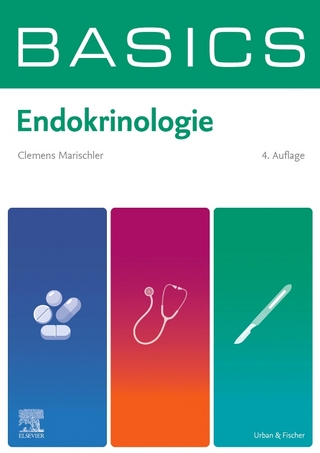
Physiology and Physiopathology of Adipose Tissue
Springer Editions (Verlag)
978-2-8178-0512-2 (ISBN)
The scientific advances in the physiology and pathophysiology of adipose tissue over the last two decades have been considerable. Today, the cellular and molecular mechanisms of adipogenesis are well known. In addition, adipose tissue is now recognized as a real endocrine organ that produces hormones such as the leptin acting to regulate food intake and energy balance in the central nervous system, a finding that has completely revolutionized the paradigm of energy homeostasis. Other adipokines have now been described and these molecules are taking on increasing importance in physiology and pathophysiology. Moreover, numerous works have shown that in obesity, but also in cases of lipodystophy, adipose tissue was the site of a local low-grade inflammation that involves immune cells such as macrophages and certain populations of lymphocytes. This new information is an important step in the pathophysiology of both obesity and related metabolic and cardiovascular complications. Finally, it is a unique and original work focusing on adipose tissue, covering biology and pathology by investigating aspects of molecular and cellular biology, general, metabolic, genetic and genomic biochemistry.
Jean-Philippe Bastard is a researcher at Inserm Institute at Tenon Hospital in Paris, France and Vice-President of the AFERO, the French Society of Study and Research on Obesity. Bruno Fève is Professor of Endocrinology at the Saint-Antoine Hospital in Paris, France.
Foreword.- Part I: Adipose tissue development.- 1. Development of adipose cells.- 2. Emerging roles of cell cycle regulators in adipocyte metabolism.- 3. Angiogenesis in adipose tissue.- 4. Prospects for using adipose tissue in regenerative medicine.- 5. Brown adipose tissue: function and development.- 6. Histology of adipose tissue.- Part II: Adipose tissue metabolic functions.- 7. Glucose transport in white adipocyte.- 8. Mechanism of storage and synthesis of fatty acids and triglycerides in white adipocytes.- 9. Adipocyte lipid droplet physiology.- 10. Adipose tissue lipolysis.- 11. The adipose tissue: storage, source and target of pollutants.- Part III: Endocrine functions of adipocyte.- 12. Chatting between the brain and white adipose tissues.- 13. Adiponectin: an adipokine with multiple faces.- 14. Apelin metabolic functions.- 15. Up-to-date on novel “adipocrines”.- Part IV: Pathology of adipose tissue.- 16. Obesity: an evolving process.- 17. Obesity phenotypes : Measures to assess adipose tissue mass in humans.- 18. Animal models of obesity.- 19. Contribution of “omics” approaches to understand the pathophysiology of obesity.- 20. Adipose tissue inflammation in obesity.- 21. Impact of proinflammatory cytokines on adipocyte insulin signaling.- 22. Adaptive changes in human adipose tissue during weight gain.- 23. Differences between subcutaneous and visceral adipose tissues.- 24. Genetics of human obesities.- 25. Genetic and acquired lipodystrophic syndromes.- 26. Is adipose tissue a relevant therapeutic target of obesity?.
| Erscheint lt. Verlag | 14.12.2014 |
|---|---|
| Zusatzinfo | XX, 440 p. |
| Verlagsort | Paris |
| Sprache | englisch |
| Maße | 155 x 235 mm |
| Themenwelt | Medizinische Fachgebiete ► Innere Medizin ► Endokrinologie |
| Studium ► 1. Studienabschnitt (Vorklinik) ► Biochemie / Molekularbiologie | |
| Naturwissenschaften ► Biologie ► Biochemie | |
| Schlagworte | Adipocytes • adipogenesis • Adipokines • Adipose tissue • inflammation |
| ISBN-10 | 2-8178-0512-7 / 2817805127 |
| ISBN-13 | 978-2-8178-0512-2 / 9782817805122 |
| Zustand | Neuware |
| Informationen gemäß Produktsicherheitsverordnung (GPSR) | |
| Haben Sie eine Frage zum Produkt? |
aus dem Bereich


